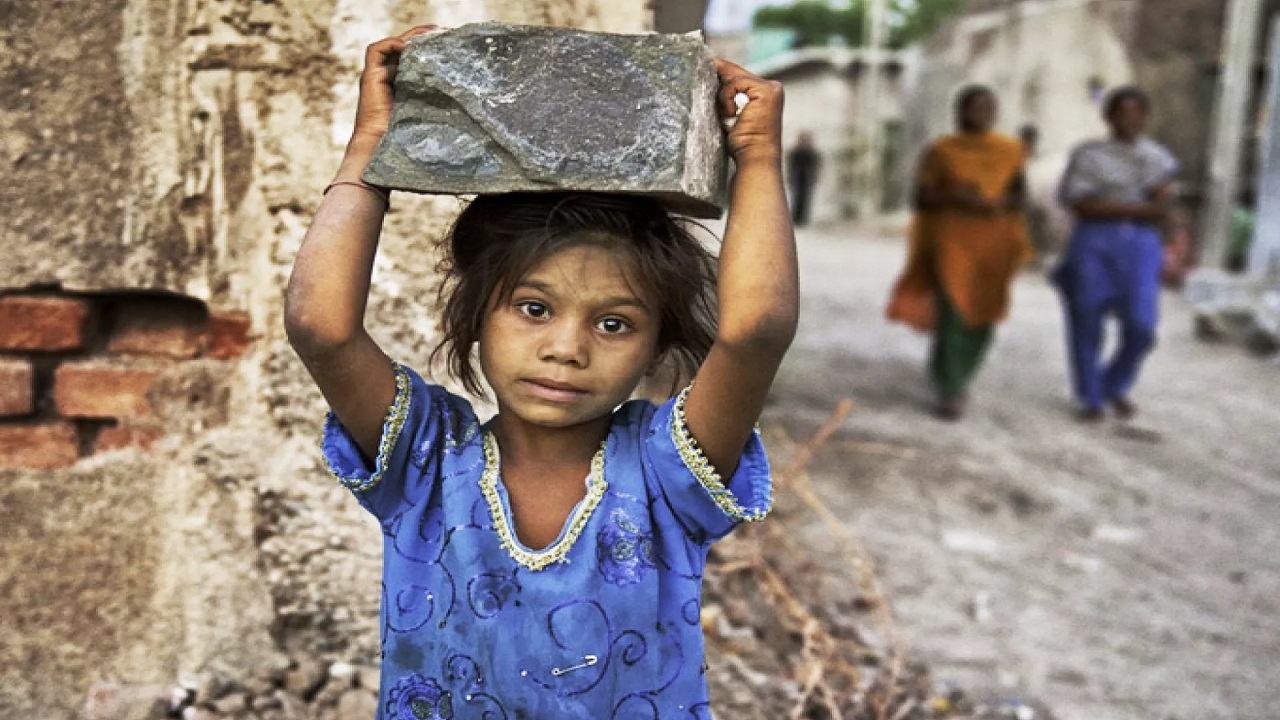Rivers without Borders: Strategic Dimensions of India’s Shared Waters
Why in the News?
-
Following the Pahalgam attack, India has temporarily suspended the Indus Water Treaty with Pakistan, reviving the debate on water as a strategic tool in geopolitics.
Transboundary Waters of India
Transboundary waters are aquifers, lakes, and river basins shared by two or more countries. They account for 60% of global freshwater flows.
| Country | Major Shared Rivers | Agreements/Features |
|---|---|---|
| Pakistan | Indus, Jhelum, Chenab, Ravi, Beas, Sutlej | Indus Waters Treaty (1960) – India gets eastern rivers, Pakistan western rivers |
| Bangladesh | Ganges, Brahmaputra, Teesta, Barak, Feni | Ganga Water Treaty (1996), Teesta negotiations ongoing |
| Nepal | Kosi, Gandak, Mahakali (Sharda), Ghaghara | Sarada (1920), Kosi (1954), Gandak (1959), Mahakali Treaty (1996) |
| China | Indus, Sutlej, Brahmaputra (Yarlung Tsangpo) | Hydrological data-sharing agreements, no water-sharing treaty |
| Bhutan | Manas, Sankosh, Torsa, Amo Chu | Hydropower cooperation |
| Myanmar | Barak | Limited regional cooperation, no formal treaty |
China’s Capability to Influence Indian Waters
-
Tibet is the origin of many key rivers (Indus, Sutlej, Brahmaputra).
-
Hydrological Infrastructure: China has built dams and hydroelectric projects:
-
Senge Tsangpo, Ngari Shiquanhe (Indus source)
-
Barrage at Zada Gorge (Sutlej)
-
-
Control Tactics:
-
Blocking rivers (e.g., Galwan tributary post-2020 conflict)
-
Diversion plans, though not implemented yet for Indus/Sutlej
-
Data withholding: Brahmaputra data blocked in 2017, hampered flood forecasting
-
Artificial lakes: Parechu River lake created in 2004, dubbed a “water bomb”
-
Limitations on China’s Leverage
-
Limited Origin Share:
-
Only 10–15% of Indus and ~20% of Sutlej originate in China
-
-
Himalayan Terrain: Prone to earthquakes; large dam construction is risky
-
International Water Laws:
-
Violating flow norms could draw global criticism
-
-
Downstream Impact:
-
Blocking water affects Pakistan and Bangladesh, possibly turning them against China
-
International Water Laws & Conventions
1. Helsinki Rules (1966)
-
Non-binding guidelines by International Law Association
-
Core Principles:
-
Equitable utilization
-
No significant harm
-
-
Factors:
-
Social/economic needs
-
Drainage area
-
Alternative water resources
-
Cost of alternatives
-
2. UN Watercourses Convention (1997)
-
Legally binding treaty; entered into force in 2014
-
Covers non-navigational use (drinking, irrigation, hydropower)
-
Obligations:
-
Equitable and reasonable use
-
Prevent significant harm
-
Sustainable management
-
3. UN Water Convention (1992, Helsinki)
-
Originally for Europe, opened to all UN states in 2016
-
Goals:
-
Sustainable transboundary water management
-
Peace promotion
-
Conflict prevention
-
-
Obligations:
-
Prevent, control, and reduce transboundary impacts
-
Equitable usage
-
Regional cooperation via joint bodies
-
Conclusion
Water is increasingly becoming a geopolitical tool in India’s neighborhood. While India and Pakistan have formal water-sharing treaties like the Indus Waters Treaty, tensions with China, which controls river origins in Tibet, reveal vulnerabilities. Strategic cooperation, adherence to international norms, and regional diplomacy are essential to safeguarding India's water security.
_(24).jpg)

.jpg)

Comments (0)